Big cats, including tigers, lions, leopards, and jaguars, are magnificent predators playing crucial roles in their ecosystems. However, many species are endangered due to habitat loss, poaching, and human-wildlife conflict. Conservationists and scientists rely on modern technology to monitor these elusive animals in their natural habitats. This technological approach provides invaluable data for conservation efforts, helping to ensure the survival of these iconic creatures.
Role of GPS Collar Tracking

GPS collars are among the most prevalent technologies used in tracking big cats. These collars are equipped with GPS units that transmit location data to researchers via satellite or cellular networks. By analyzing this data, scientists can gain insights into the movement patterns, territorial ranges, and behaviors of big cats. This information is pivotal for creating effective conservation strategies and addressing human-wildlife conflicts.
Camera Traps: Eyes in the Jungle

Camera traps are remotely triggered cameras strategically placed in wildlife habitats to capture images and videos of passing animals. They have revolutionized wildlife monitoring by providing non-invasive, direct evidence of big cat presence and behaviors. Camera traps are crucial for identifying individual cats, estimating population densities, and studying activity patterns.
Drone Technology and Aerial Surveillance
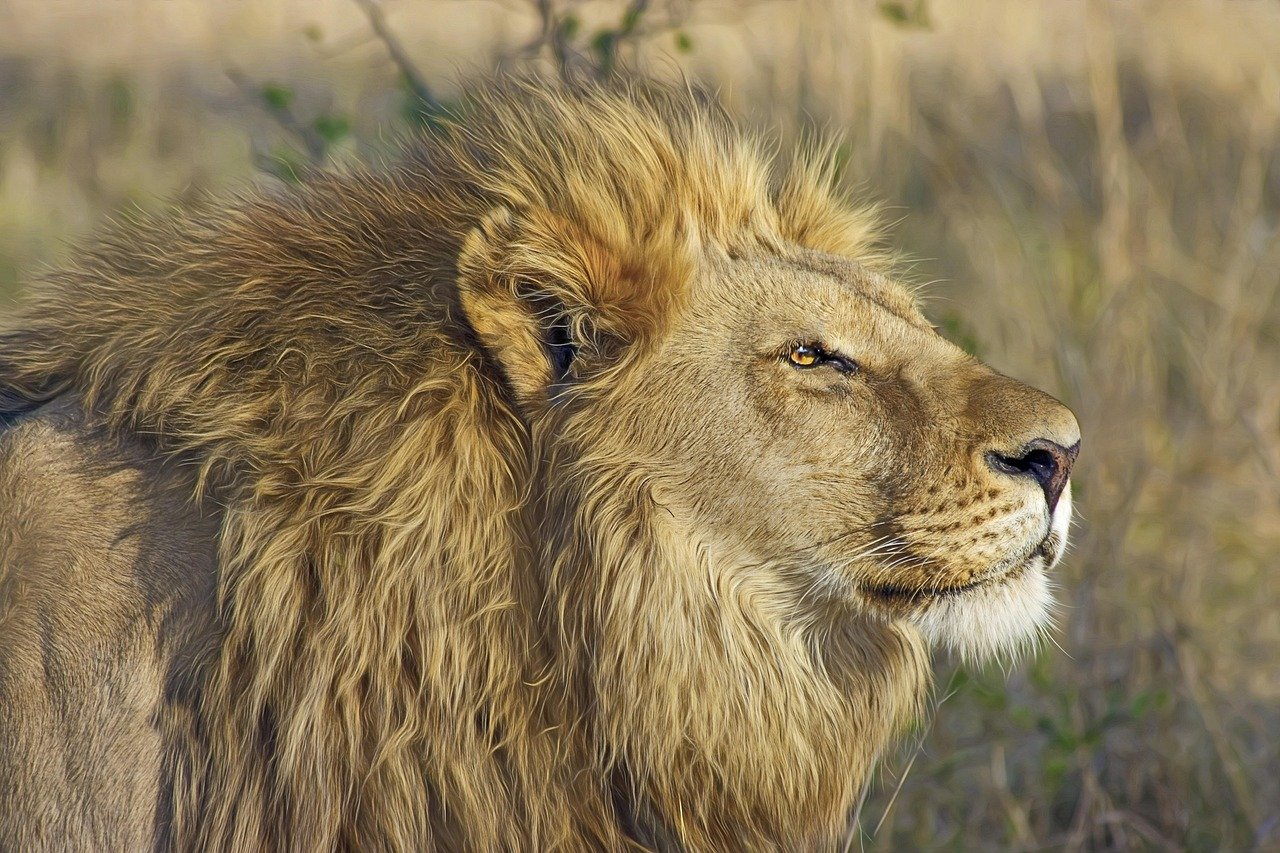
Drones and aerial surveillance present new opportunities in big cat monitoring. Equipped with high-resolution cameras and thermal imaging, drones can cover large areas that are difficult to access on foot. This technology helps track big cats across challenging terrains, monitor their habitats for changes, and even locate poachers threatening these animals.
Acoustic Monitoring: Listening to the Roars
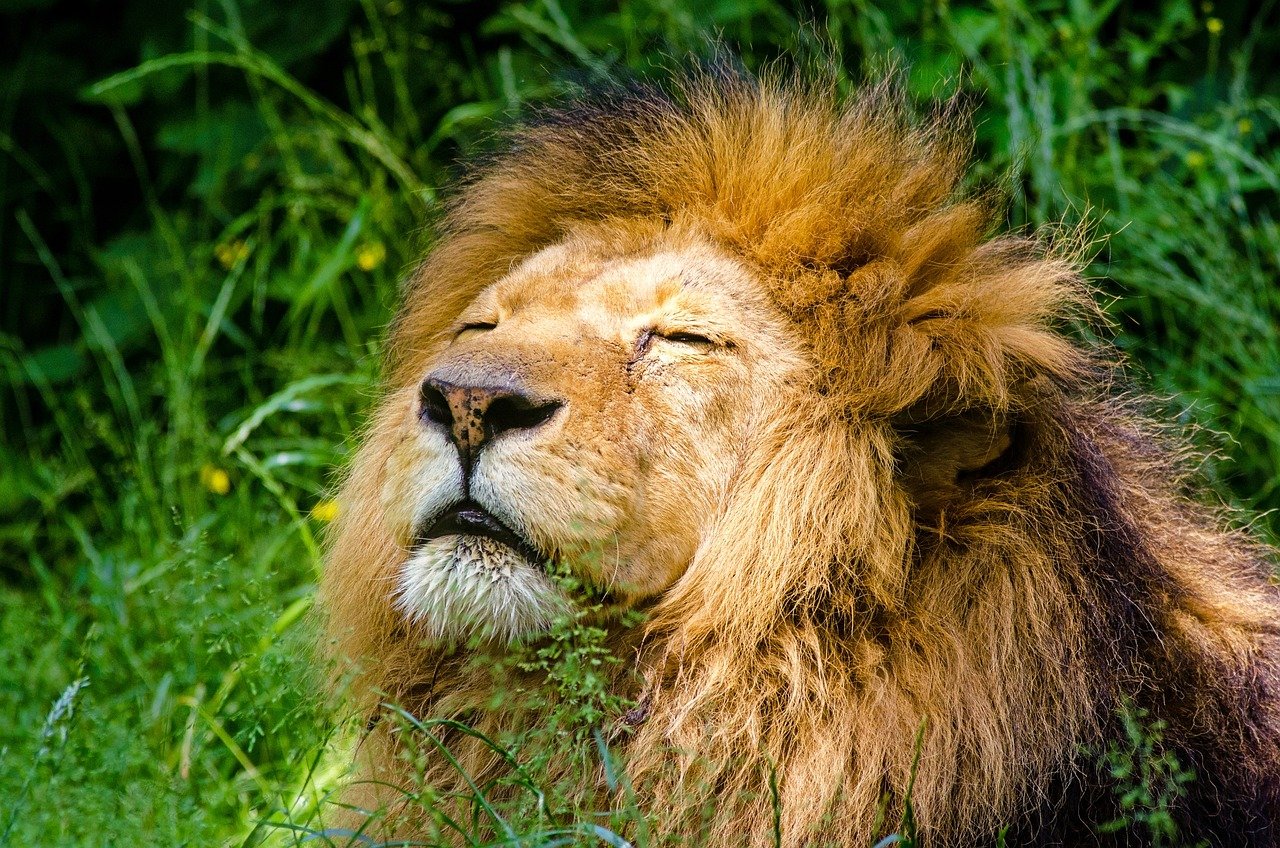
Acoustic monitoring involves using audio recorders to capture the sounds of big cats, such as roars, growls, and other vocalizations. By analyzing these sounds, researchers can detect the presence of specific big cats, understand their communication patterns, and estimate population densities. This technique is particularly useful in dense forests, where visual monitoring is challenging.
Genetic Sampling and Analysis
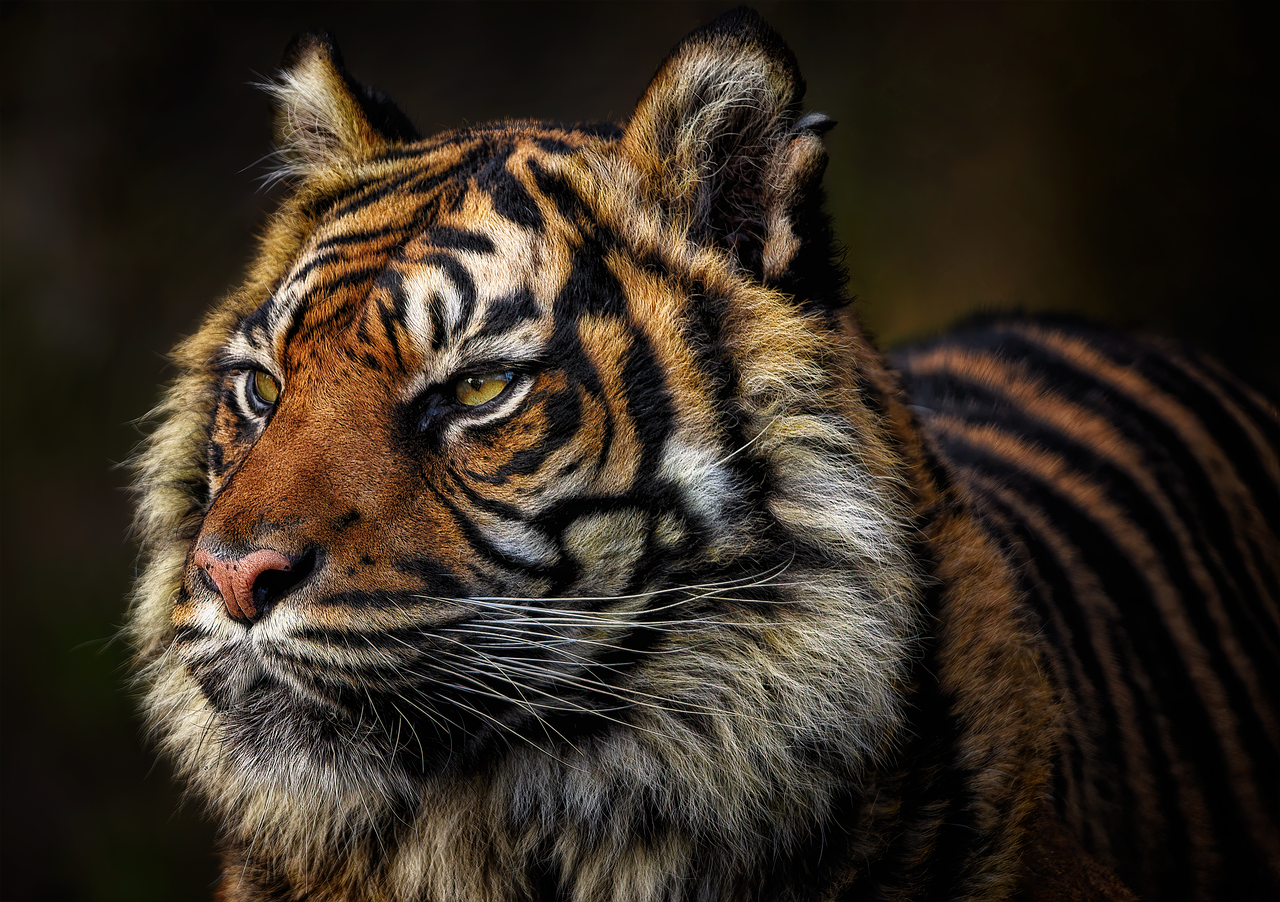
Collecting genetic samples from big cats through scat, hair, or tissue provides unique insights into their health, genetics, and population dynamics. Scientists use DNA analysis to identify individual animals, study genetic diversity, and track breeding patterns. This data is vital for developing plans to enhance population stability and genetic health.
Satellite Imaging and Habitat Analysis
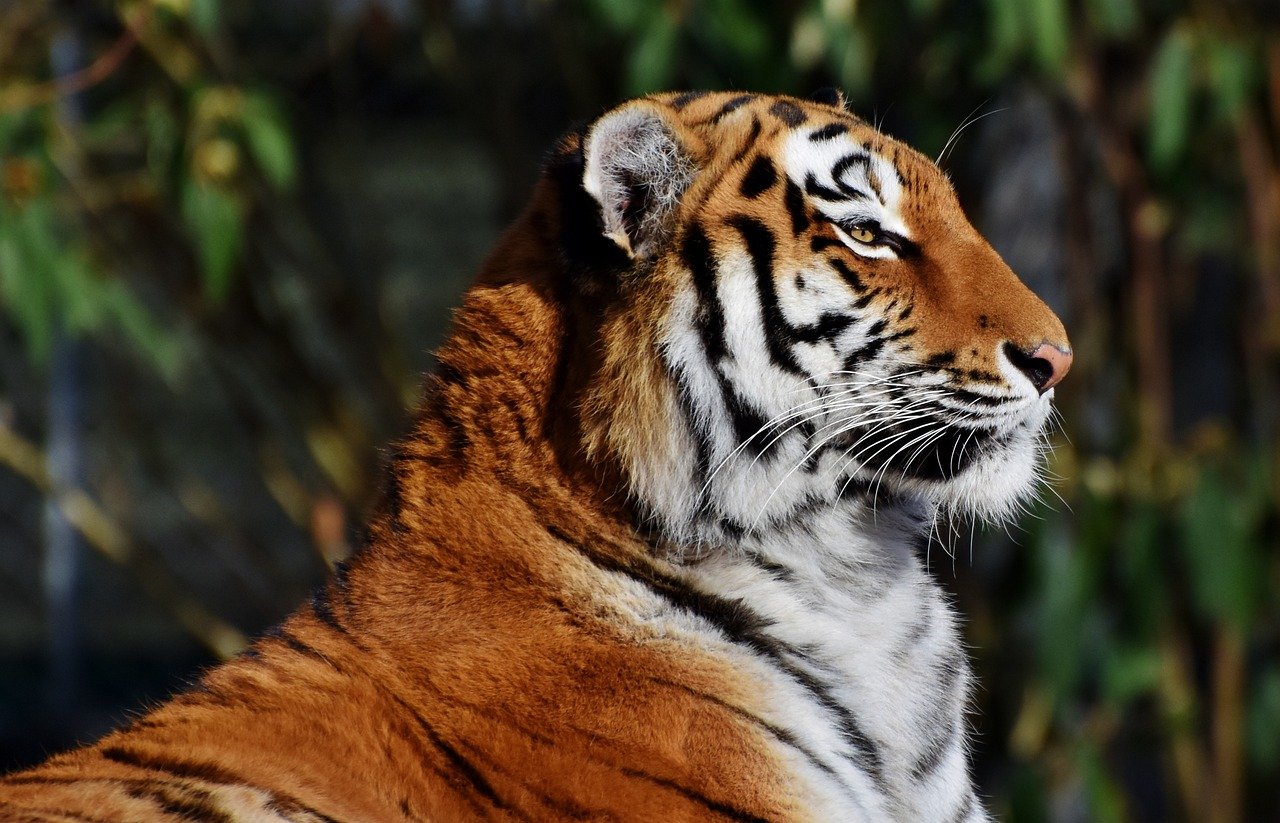
Satellite imaging offers large-scale views of big cat habitats, enabling scientists to monitor changes in land use, vegetation, and environmental conditions. This information is critical for assessing habitat quality, planning conservation areas, and identifying potential corridors for big cat movement. It also helps predict how habitat changes may affect big cat populations.
Integration of Artificial Intelligence
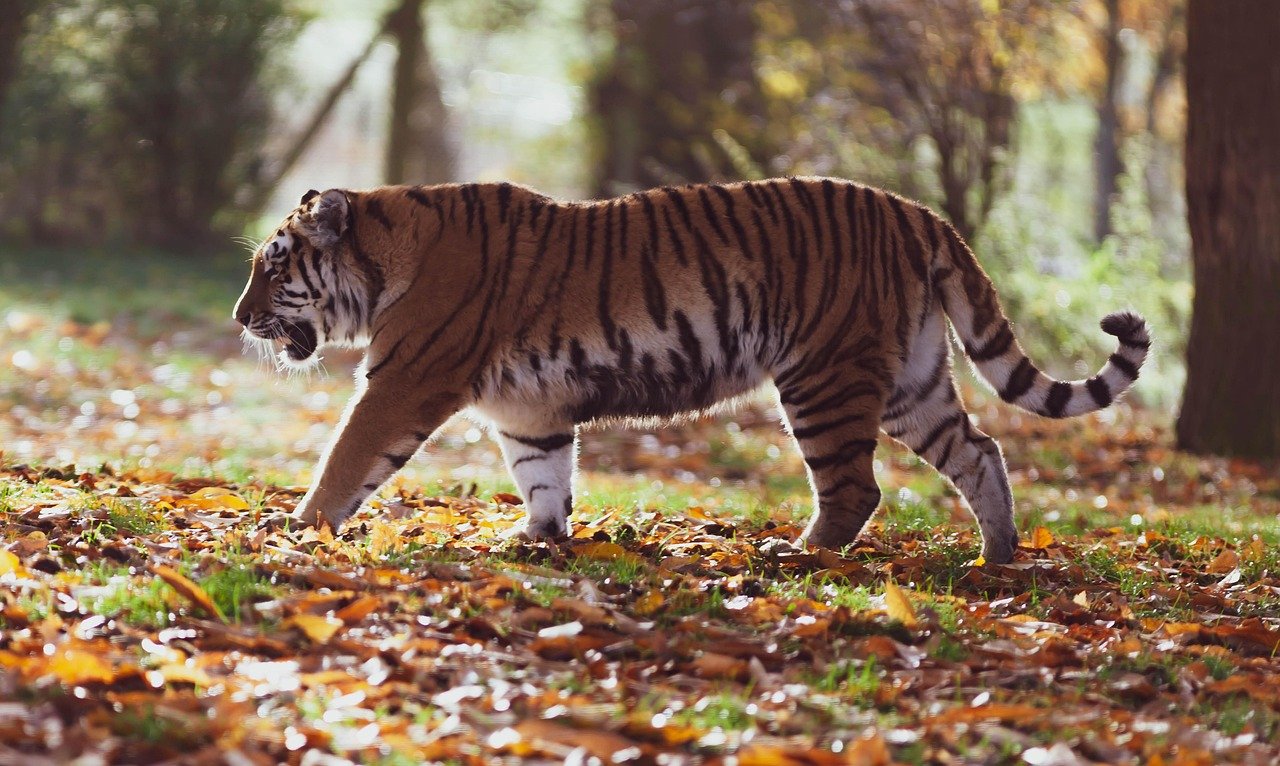
Artificial Intelligence (AI) is increasingly used in processing the vast amounts of data generated by various monitoring technologies. AI algorithms can quickly analyze images from camera traps, identify individual big cats, and recognize patterns in movement and behavior. This rapid analysis enhances the accuracy and efficiency of conservation efforts.
Community Involvement and Citizen Science
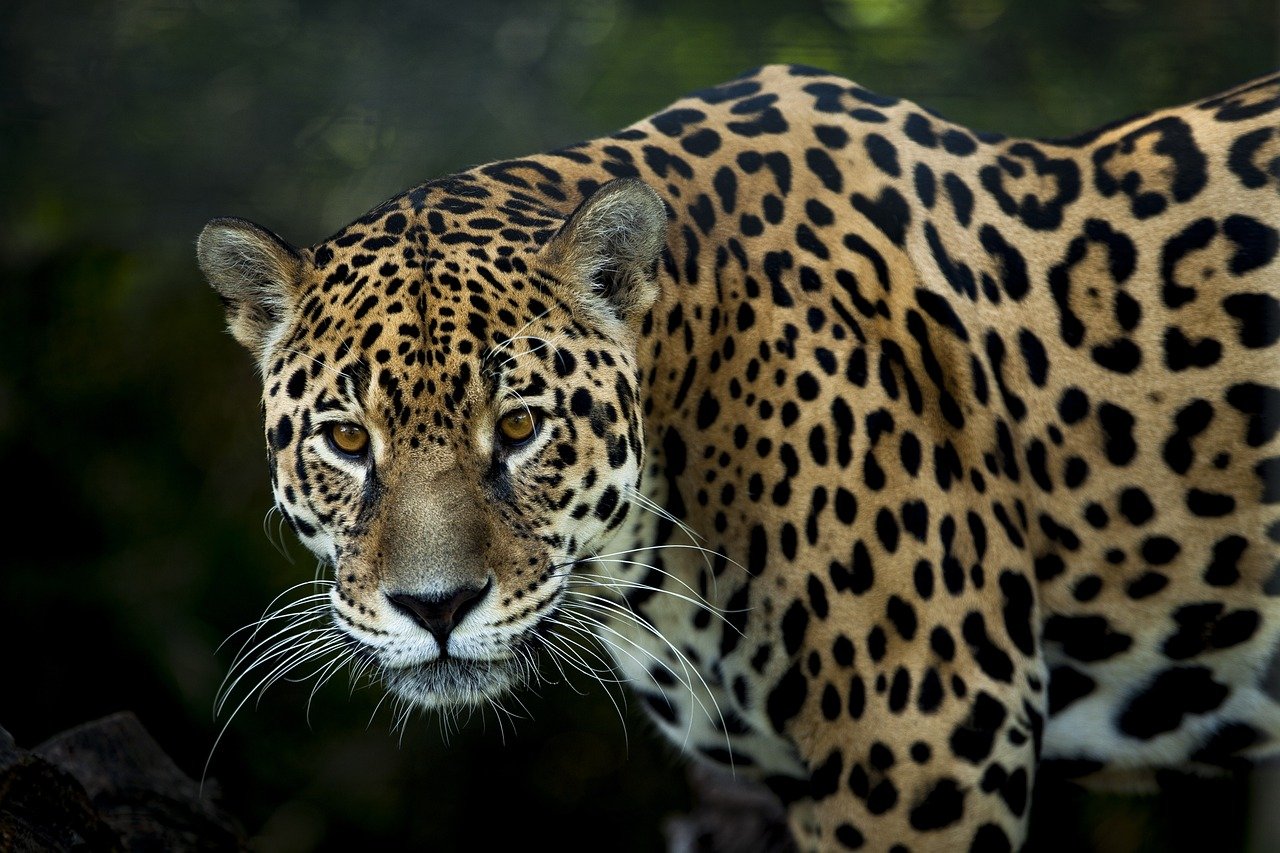
Local communities and citizen scientists play a crucial role in big cat monitoring. By involving locals in data collection and technology maintenance, conservationists can gather more comprehensive data and foster a sense of ownership in conservation efforts. Training and educating communities about big cats also help reduce human-wildlife conflicts.
Challenges and Limitations of Technology
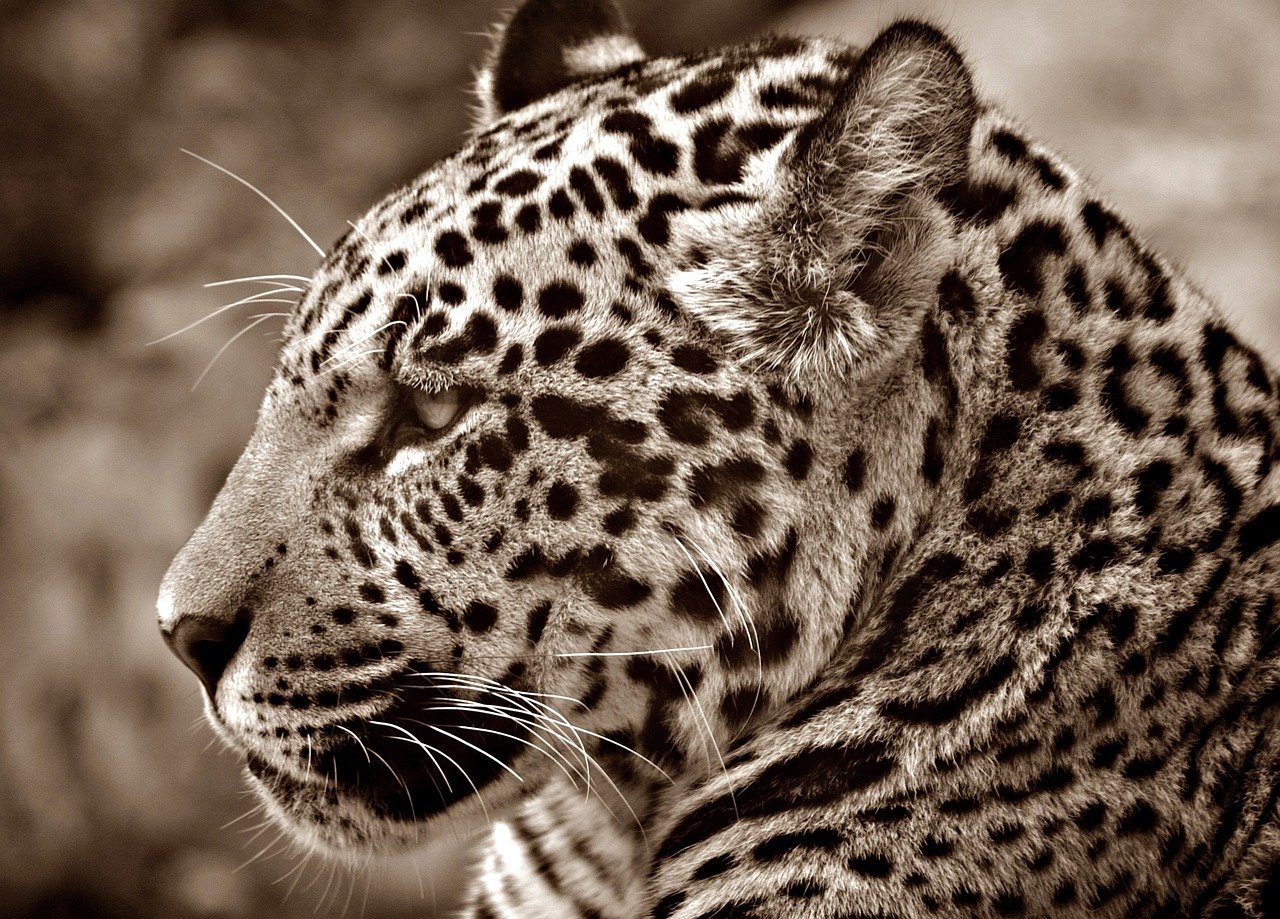
Despite the benefits, monitoring big cats using technology faces several challenges. GPS collars can be expensive and sometimes affect the animal’s natural behavior. Drones have limited battery life and may disturb wildlife. Data analysis requires significant resources, and there is always a need for careful interpretation to avoid misguiding conservation actions.
Conclusion: The Future of Big Cat Conservation

Advancements in technology continue to transform the way we monitor and protect big cats in the wild. As new tools and methods emerge, they offer greater precision and deeper insights into the lives of these magnificent predators. By integrating these technologies with traditional conservation approaches and community involvement, we can create a more sustainable future for big cats and the ecosystems they inhabit.
Hi, I’m Bola, a passionate writer and creative strategist with a knack for crafting compelling content that educates, inspires, and connects. Over the years, I’ve honed my skills across various writing fields, including content creation, copywriting, online course development, and video scriptwriting.
When I’m not at my desk, you’ll find me exploring new ideas, reading books, or brainstorming creative ways to solve challenges. I believe that words have the power to transform, and I’m here to help you leverage that power for success.
Thanks for stopping by, Keep coming to this website to checkout new articles form me. You’d always love it!






